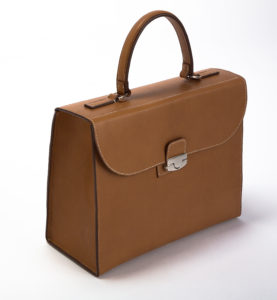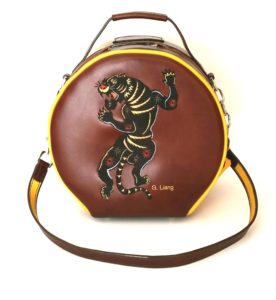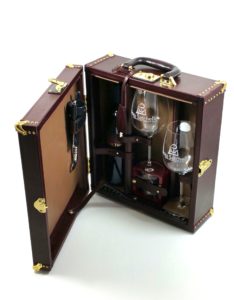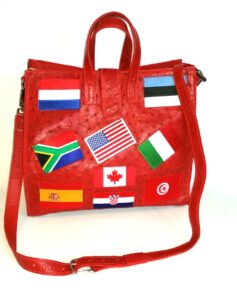There are certain undeniable aromas which have the ability to awaken the pleasure points: the smell of a buttery leather jacket, essential oils diffusers, an ocean seaside, and a newborn baby. Smells so recognizable to most people who have the ability to recognize after one whiff; a freshly cut lawn, the air after a rain, chopped mint or brewing coffee beans.
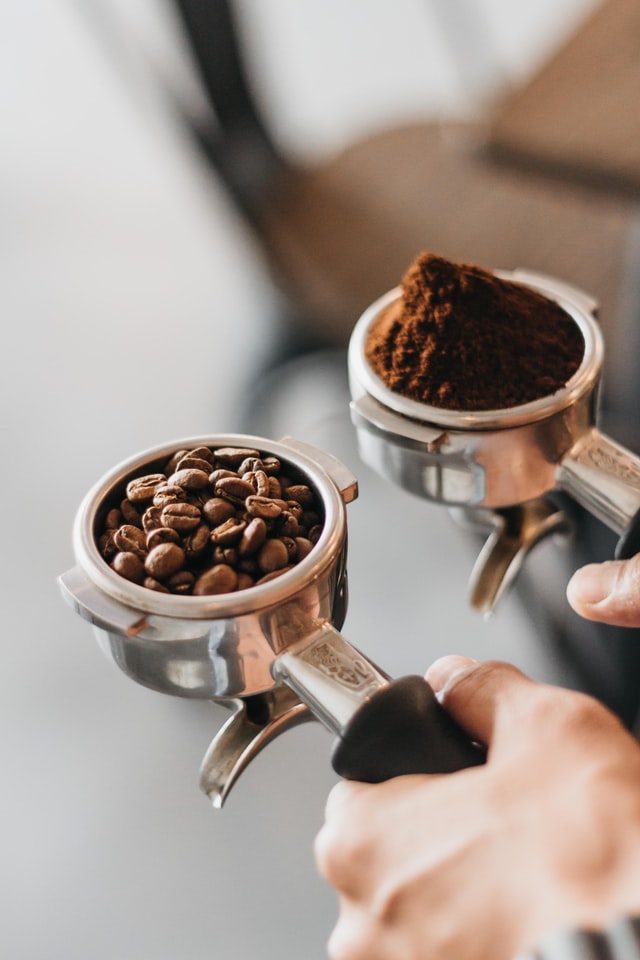
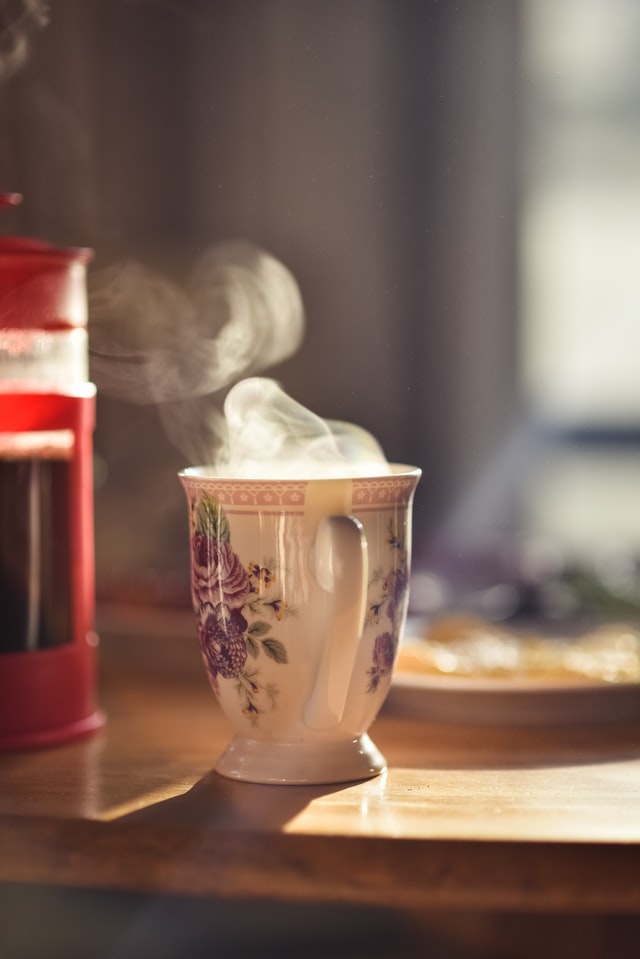
The glorious aroma of coffee – even for non-coffee drinkers the brewed coffee beans are quite intoxicating and undeniable. Similar to wine, coffee has its nuances with aromas and tastes depending on the type of blend: light roasts are more fruity, herbaceous and floral; medium roast tend to be nuttier or chocolate-like; and dark roasts produce a spicier, smoky, or toasty.

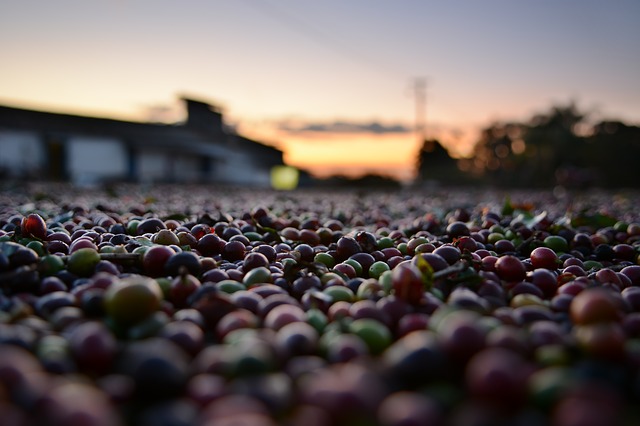
In recognition of annual International Coffee Day, many coffee devotees will partake in their neighborhood coffee shop’s offerings for a free or discounted cup of brew, however, coffee associations use this day to not only celebrate the third most consumed beverage in the world (behind water and tea, respectively), but to bring attention to fair trade coffee and heighten awareness of the plight of coffee growers. For us not just a cup of java will do and instead suggest several distinctive ways of paying tribute to this beverage ranging from diehards investing in specialty blends of beans, the different methods of roasting coffee at home, a weekend visit to a U.S. coffee or a future travel adventure to one of the world’s exceptional coffee farming regions.
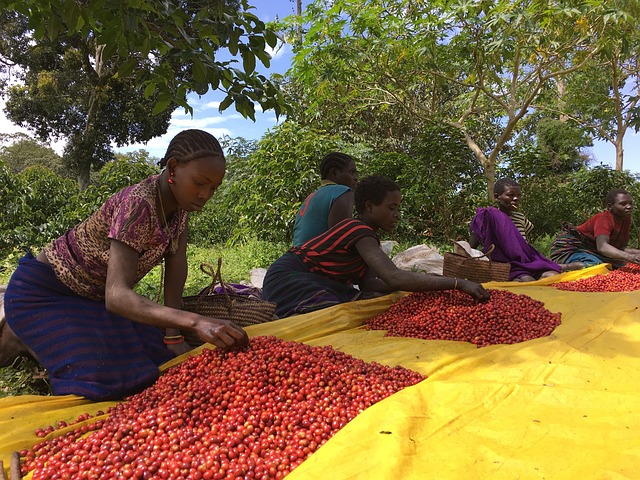
Home Connoisseurs – the coffee industry has exploded in growth, especially in the gourmet sector as discerning drinkers’ expectations are raised for a perfect cup of coffee. Additionally, more consumers demands in wanting to know where and how their coffee is grown. Coffee plantations and farms have created cultural and educational tours giving insight into the process of farming coffee beans, sustainability and environmental issues (including the impact of clearing land for farming and water use) and addressing fair trade issues with coffee farmers
Methods
Brewed coffee comes from roasted coffee beans which start from the seeds of berries that evolve from a rich green to bright red in color which indicates ripeness. The coffee seeds are then picked, processed and dried and roasted at different degrees depending on the desired flavor. Roasted beans are ground and brewed by various methods including the use of boiling water in coffee percolators or automatic coffeemakers; steeped through a French Press; pressurized as in the espresso method with a variety of presentations (i.e., caffe latte or cappuccino); or the cold brew technique steeping coarsely ground beans in cold water for hours followed by a filtering process.
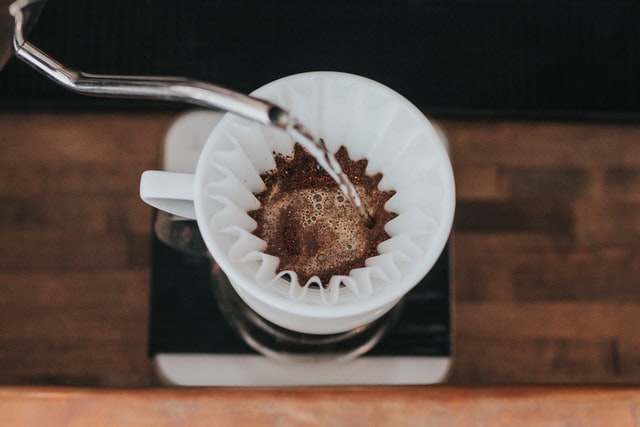
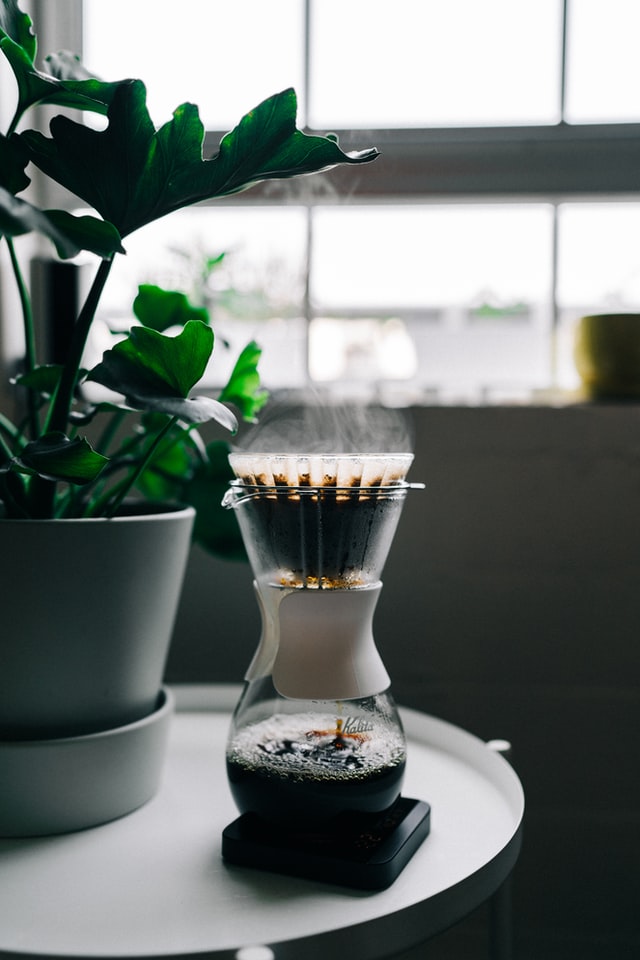
Specialty Coffees – after harvesting, a small batch of beans goes through a specific process referred to as “cupping” in how the beans are roasted, ground, and brewed. Again, similar to wine, specialty coffee brew rated based on taste and quality. Other factors that come into play are the location of the farm, the elevation, the processing method, the varietal of the plant, etc.
Top Gourmet Coffees – not necessarily considered a specialty coffee, but the beans are of a higher quality and a more refined and higher price tag of coffee brands.
· Bean Box – subscription service that offers curated artisan coffees
· Whiskey & Rum Barrel Aged Coffee Whole Bean
· Coopers Cask Coffee
· Columbian 100% Arabica Jo Coffee
· Kahlua Gourmet Ground Coffee
If your interest lies more in U.S. specialty coffee roasters who are been recognized by their peers as best in show, the Daily Coffee News list of top 27 roasters recognized by the 2020 Good Food Award includes:
· 1000 Faces Coffee – Athens, Georgia
· Backyard Beans Coffee Co. – Lansdale, Pennsylvania
· Barrington Coffe Roasting Company – Lee, Massachusetts
· Beanstock Coffee – Eastham, Massachusetts
· Bonlife Coffee Roasters – Cleveland, Tennessee

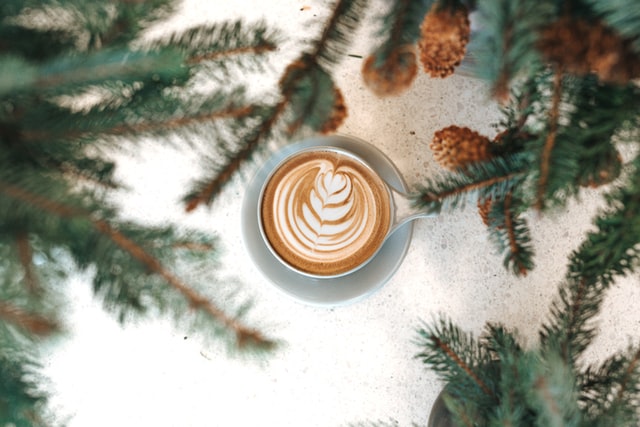
Plan an expedition to international coffee destinations:
Starbucks’ Coffee plantation in Costa Rica – taking a few days off to travel to the world headquarters of coffee royalty, Starbucks in Seattle, Washington on famous Pike Place Market is one way to celebrate, however instead schedule a Central America jaunt to where it all begins, Hacienda Alsacia, 240 acres Starbucks Coffee Farm in Costa Rica where a visit to the farm will immerse you into the entire journey of a cup of coffee from seedling to roasting to tasting.
Other incredible locales that are main producers of quality coffee beans and have created coffee destinations for visitors:
· Panama
· Costa Rica’s Central Valley
· Brazil
· Columbia
· 3 main growing regions of Nicaragua – Nueva Segovia, Matagalpa and Jinotega
· Melbourne Australia
· 3 main growing regions of Indonesia Java, Sumatra and Sulawesi
· Antigua, Guatemala
· Italy
· Ethiopia
· El Salvador
-AJ
Share your thoughts in the comment section below or on Twitter.
Thank you to the following sites for their expertise on the coffee experience:
Coffee Review – Coffee Reference
Hat Tip to the following photographers:
Zane Lee – porcelain china coffee cup with French press
Tyler Nix – pour over
Anne Nygard – china coffee cup
Mike Marquez – coffee method
Rachel Clark – coffee beans
Tyler Nix – expresso
Young_n7 – coffee beans
Ningxin23minor – Coffee beans farming
Nathan Dumlao – Cup of hot Joe
Issaac Benhesed – white coffee cup
Zarak Khan – To grind or not to grind
SHARE POST
Customer Favorites
